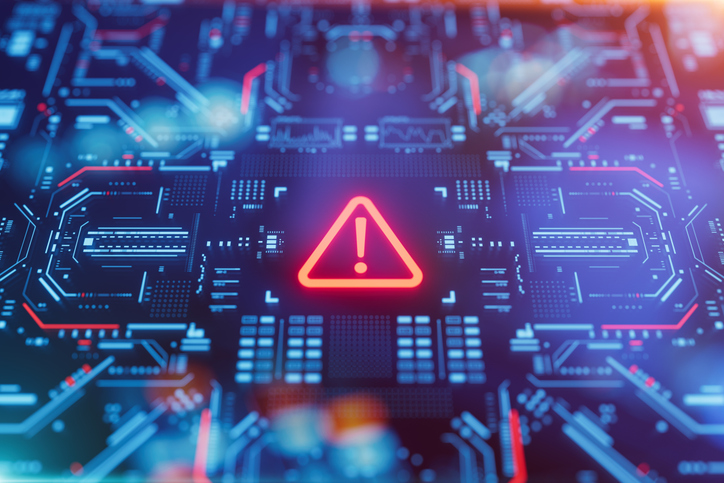The recent assertion by the U.S. policy arm of a global computing society that future cybersecurity incidents are “almost a certainty” is a sobering reminder of the challenges we face in an increasingly digital world. As our reliance on technology continues to grow, so does the threat landscape, making the likelihood of future cyber incidents not just a possibility, but an inevitability. This stark reality demands a fundamental shift in how we approach cybersecurity, with a strong emphasis on the Zero Trust model.

The Inevitable Reality of Cybersecurity Incidents
The statement by the U.S. policy arm reflects a growing consensus among cybersecurity experts: as technology evolves, so do the methods and tools of cybercriminals. The rapid pace of digital transformation, coupled with the expanding attack surface created by the Internet of Things (IoT), cloud computing, and remote work, has made organizations more vulnerable than ever before.
The traditional methods of cybersecurity, which often rely on perimeter defenses and reactive measures, are proving insufficient in this new era. Cybercriminals are becoming more sophisticated, using advanced tactics such as ransomware-as-a-service, supply chain attacks, and social engineering to exploit even the smallest vulnerabilities. As a result, future cybersecurity incidents are not a matter of “if,” but “when.”
The Need for a Proactive, Zero Trust Approach
Considering the near certainty of future cybersecurity incidents, organizations must adopt a proactive approach to security. The Zero Trust model, which runs on the principle of “never trust, always verify,” is the cornerstone of this approach. Unlike traditional security models that assume entities inside the network are trustworthy, Zero Trust requires continuous verification of every user, device, and application, regardless of location.
Zero Trust is particularly effective in mitigating the impact of inevitable breaches. By ensuring that access to resources is tightly controlled and that suspicious activity is quickly identified and contained, Zero Trust limits the ability of cybercriminals to move laterally within a network. This approach reduces the likelihood of a breach and minimizes the damage if one occurs.
The Importance of Continuous Monitoring and Adaptation
In a world where future cybersecurity incidents are almost a certainty, continuous monitoring and adaptation are critical. Organizations must be vigilant, constantly assessing their security posture and updating their defenses to address emerging threats. This includes regular vulnerability assessments, threat intelligence integration, and incident response planning.
Moreover, as cyber threats evolve, so must the technologies and strategies used to combat them. The implementation of advanced threat detection tools, artificial intelligence, and machine learning can help organizations stay one step ahead of cybercriminals. However, technology alone is not enough; a culture of security awareness and education is essential for empowering employees to recognize and respond to potential threats.
The Role of Collaboration in Cybersecurity
The inevitability of future cybersecurity incidents underscores the need for collaboration across industries, governments, and academia. Cybersecurity is not a challenge that any single organization can tackle alone; it requires a collective effort to share knowledge, resources, and best practices.
Government agencies play a crucial role in this collaborative effort, providing guidance, regulatory frameworks, and support to help organizations bolster their defenses. Industry leaders, meanwhile, must take the lead in developing and deploying innovative security solutions that can address the complex challenges of today’s threatening landscape.
What Makes Xcitium Stand Out
In the face of the near certainty of future cybersecurity incidents, Xcitium appears as a leader in proactive cybersecurity. Xcitium’s Zero Dwell Containment technology is designed to neutralize threats in real-time, preventing them from causing harm. Unlike traditional security solutions that react to threats after they have breached the system, Xcitium’s approach proactively isolates and contains potential threats before they can infiltrate critical systems.
Xcitium’s platform is built on the principles of Zero Trust, ensuring that every access request within a network is verified and authenticated. This approach is essential in a world where future breaches are almost guaranteed. By continuously monitoring and analyzing network activity, Xcitium provides comprehensive protection that adapts to the evolving threat landscape.
Xcitium’s commitment to innovation and its focus on proactive security measures make it the ideal partner for organizations looking to safeguard their digital assets against the inevitability of future cyber incidents. With Xcitium, organizations can rest assured that they are equipped with the most advanced tools and strategies to defend against even the most sophisticated cyber threats.